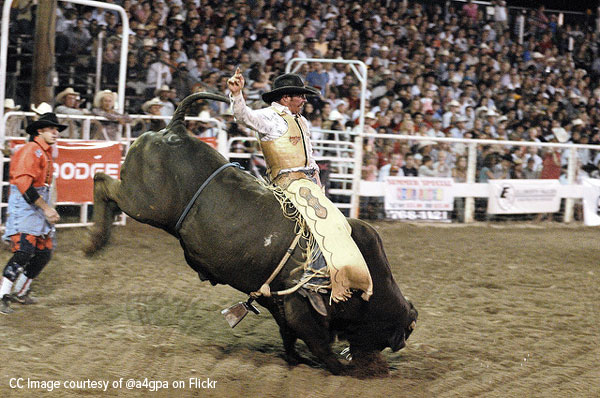by Colin Wong and Jason Brink, Mawer Investment Management, via The Art of Boring Blog
Like many disciplines, investing requires measures of both science and art to navigate uncertainty and to move forward decisively. The science of investing takes the form of Monte Carlo software computations, discounted cash flow (DCF) calculations, confidence intervals, and countless other tools and algorithms used in hopes of gaining an incremental investment edge. The art of investing comes in stepping back to interpret these data sets within the context of the current market, diversifying portfolio weights accordingly, and wrangling the science and math into the most prudent investment decisions possible.
This balance of art and science resembles another discipline where facts, interpretation, and decision intersect—law. And, borrowing from that discipline, a mental model that can be effective in working through investment uncertainty is the common legal concept of “beyond a reasonable doubt.”
What is “reasonable doubt” exactly, and how do we get beyond it? In Kostman & Pyzer’s legal blog post on the subject, they summarize the Supreme Court of Canada’s guidelines for understanding the reasonable doubt standard in the landmark case of R. v. Lifchus.
According to Lifchus “reasonable doubt” must be based on “reason and common sense”. A doubt will not be considered “reasonable” if it is based on sympathy or prejudice. A reasonable doubt must also be logically connected to the evidence or lack of evidence presented by the Crown. The judge/jury does not need to be “absolutely certain” that the defendant is guilty to satisfy the standard of proof beyond a reasonable doubt. The prosecution need not prove guilt beyond all doubt whatsoever. Moreover, the judge/jury cannot acquit based on an imaginary or frivolous doubt.
Over the course of a trial, lawyers present arguments and evidence intended to persuade the judge or jury to rule either in favour of the plaintiff or the defendant. Lawyers are consciously biased in their arguments and the evidence they present is unapologetically one-sided for the benefit of their client. Judges, however, are required to be consciously unbiased. They are obligated to weigh the cumulative evidence objectively for the purpose of making an unprejudiced ruling beyond reasonable doubt. And this is how we, as investors, want to approach investment decisions—like a judge.
It’s important to emphasize that this isn’t about making a decision with no doubt whatsoever. Instead, this model is designed to help investors reach a conclusion through the careful weighting and breakdown of the doubt that does exist. To get beyond reasonable doubt we need to find and recognize, through careful deliberation, a preponderance of evidence that supports action in one direction over the other.
Here’s a practical example of how this approach was used in reaching the decision to add Union Pacific Corporation (UNP) to our U.S. Equity Fund. Union Pacific Corporation is one of two class one railway companies operating on the west coast of the U.S. It competes with Burlington Northern— a company owned by Warren Buffet. During our deliberations it became clear that UNP was, and is, a high quality company:
- It has a high barrier to entry—it has been around for 150 years and it would be virtually impossible to replicate the existing rail network.
- Railways are the most cost effective alternative for moving heavy objects over long distances on land.
- The management team has been strong at execution and capital allocation—UNP has been able to sustain the return on equity to above 20% for the past five years.
- It was trading at an attractive valuation based on our Discounted Cash Flow Model.
But there were also negatives:
- There was evidence of a long term shift away from coal usage (and coal represented ~20% of volume).
- We were six years into the U.S. economic expansion cycle and we saw signs of a cyclical shift in the volume of other products such as industrial and auto.
So what was the verdict? In weighing all of the facts, we had a strong list of positives and a number of negatives that related mostly to the business cycle. Ultimately we found that the preponderance of evidence supported the rationale to add the holding to the portfolio. We factored the negatives (the doubt) into our decision and chose to initiate at a lower weighting position (less than 1%). Since then (mid 2015), the U.S. has gone through a mini-industrial recession while coal volume continued to decline. However, the stock has gone from ~$85/share to currently ~$103/share and we collected 1.5 years of dividend (the dividend yield has been ~2.5%). Considering that a less than ideal scenario unfolded, we still made a decent return from this investment—thanks, in part, to balanced judgment and mitigation of doubt.
Though we can never eliminate doubt in the face of uncertainty, we are better off acknowledging it than ignoring it. Making wise investment decisions rests in the ability to think rationally and dispassionately—exercising experience, logic, and judgement—like a judge presiding over a case.
This post was originally published at Mawer Investment Management














